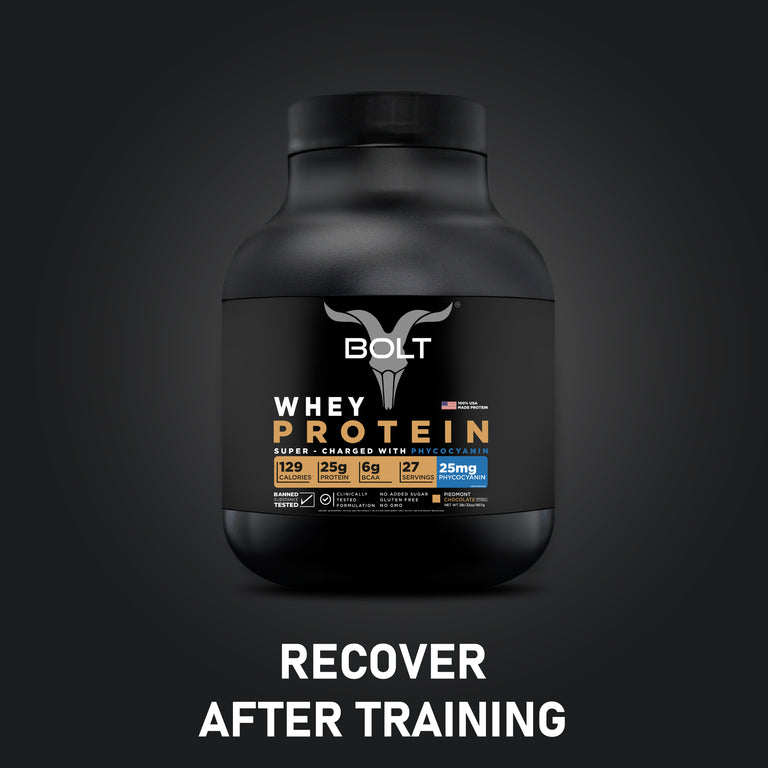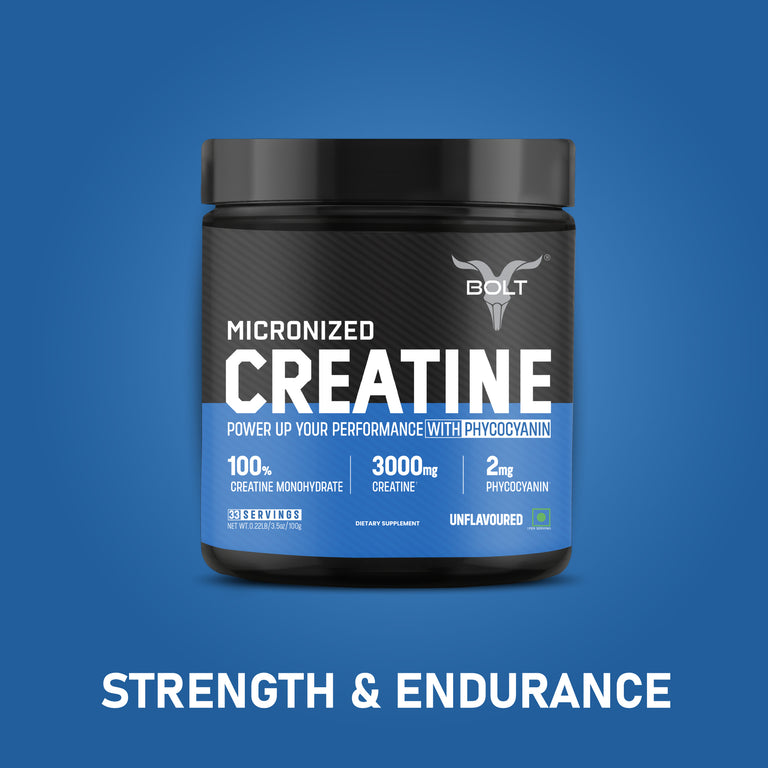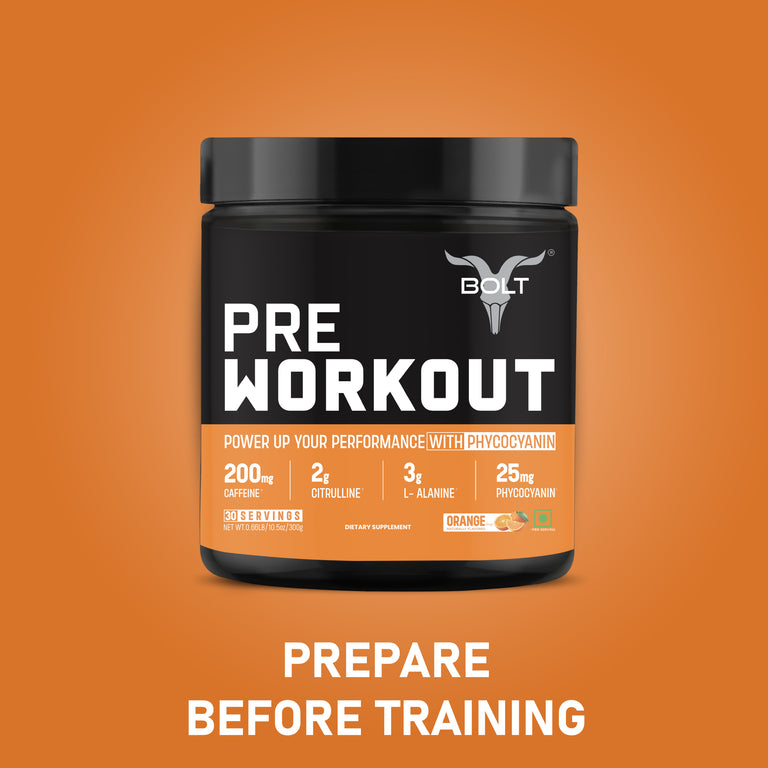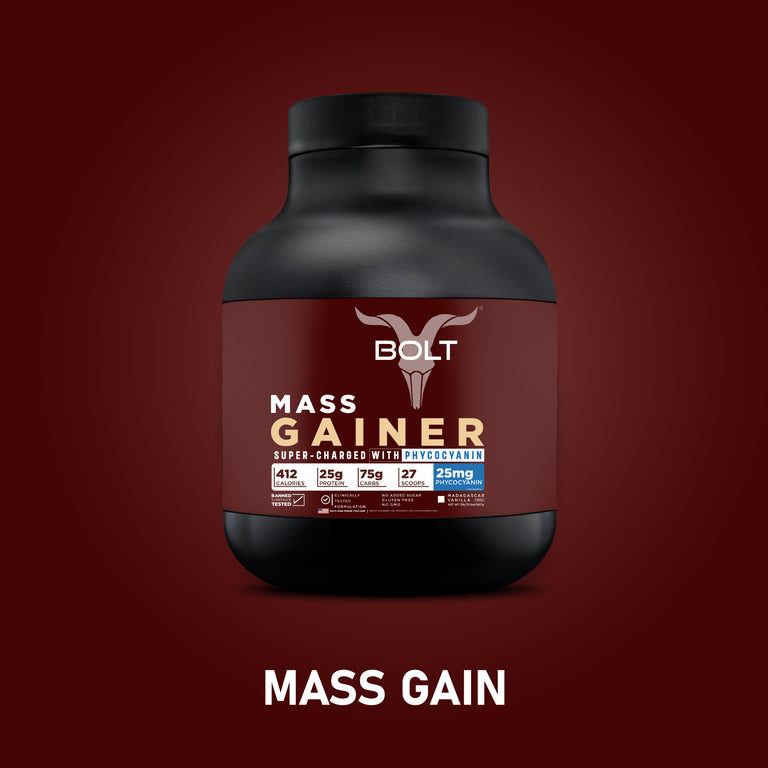
The Truth About Cheat Meals and Fat Loss: Helpful Hack or Diet Destroyer?
byYou’ve been dieting hard all week — counting calories, hitting workouts, skipping dessert. Then comes the weekend, and the pizza starts calling.
“One cheat meal won’t hurt... right?”
But then you wonder:
“Will this ruin my fat loss progress?”
“Do cheat meals really help boost metabolism?”
“Is there a smart way to do them?”
Let’s dive into the truth about cheat meals and fat loss — what science says, how to use them properly, and whether they actually help or hurt your goals.
What Is a Cheat Meal?
A cheat meal is an occasional indulgence where you eat something outside your regular diet — usually higher in calories, fats, or carbs. It could be a burger, pizza, dessert, or an all-out feast.
Some people take cheat meals, others go for cheat days — but the intention is the same: a mental and physical break from clean eating.
Potential Benefits of Cheat Meals for Fat Loss
1. Boosts Leptin Levels (Temporarily)
When you're dieting, leptin — the hormone that regulates hunger and metabolism — drops. A well-timed cheat meal can give leptin a temporary spike, signaling your body that it's "fed" and may slightly boost metabolic rate.
2. Reduces Diet Fatigue
Constant calorie restriction can lead to burnout. Cheat meals offer a psychological break and reduce cravings, helping you stick to your plan longer.
3. Improves Adherence
If scheduled smartly, cheat meals act as planned indulgences that keep you motivated, prevent bingeing, and make your diet more sustainable.
Risks of Cheat Meals (When Misused)
1. Easily Wrecks Weekly Calorie Deficit
One uncontrolled cheat day can cancel out your 5–6 days of calorie deficit.
Example: A 2,000-calorie binge wipes out a week's 300-cal/day deficit.
2. Triggers Binge Eating Patterns
If you struggle with portion control or food guilt, cheat meals may become binges, leading to guilt and cycles of overeating.
3. Water Retention and Weight Fluctuation
High sodium and carb intake = more water retention. Don’t panic if the scale jumps — it’s not fat, it’s temporary water weight.
The Smart Way to Include Cheat Meals in a Fat Loss Plan
1. Schedule It Strategically
Plan it on refeed days, post-leg day, or around social events. Avoid back-to-back high-calorie days.
2. Track Your Weekly Calories
It’s your weekly average calorie intake that determines fat loss. Balance your cheat meal by slightly lowering calories earlier/later in the week.
3. Stick to a Single Meal, Not a Whole Day
A cheat meal is manageable. A cheat day can spiral into thousands of extra calories.
4. Don’t Label Foods as “Good” or “Bad”
This mindset causes guilt. Instead, see it as part of your overall nutrition strategy.
Examples of Reasonable Cheat Meals
- 1 medium pizza (thin crust)
- 1 burger + sweet potato fries
- One slice of cake or ice cream with a balanced dinner
- Your favorite comfort meal — just in portion
Cheat Meals vs. Refeed Days: What’s the Difference?
| Feature | Cheat Meal | Refeed Day |
|---|---|---|
| Goal | Mental break, indulgence | Strategic carb increase |
| Calories | Often untracked | Controlled calorie surplus |
| Focus | Enjoyment | Hormonal/metabolic reset |
| Duration | 1 meal | Full day (clean carb focus) |
FAQs on Cheat Meals and Fat Loss
Q1: Do cheat meals ruin your diet?
Not if planned smartly. One cheat meal won't ruin progress — but frequent, uncontrolled bingeing will.
Q2: Can cheat meals speed up metabolism?
Slightly, temporarily. They may increase leptin levels and energy output for a short period.
Q3: How often should I take a cheat meal?
Every 7–10 days, if your diet and workouts are consistent. Adjust based on progress.
Conclusion
No — but they must be earned, planned, and managed. When used intentionally, cheat meals can:
- Support consistency
- Reduce cravings
- Aid long-term fat loss sustainability
But when used carelessly, they can destroy progress and create unhealthy habits.
The key is balance, not extremes.
Keep your goals in sight. Enjoy the meal. Then get back on track.
Pro Tip: Curb Cravings with Smart Nutrition
Before you reach cheat mode, make sure your diet includes:
✅ High-protein meals
✅ Fiber-rich carbs
✅ Hydration
✅ Supplement support (Whey Protein or BCAAs)








